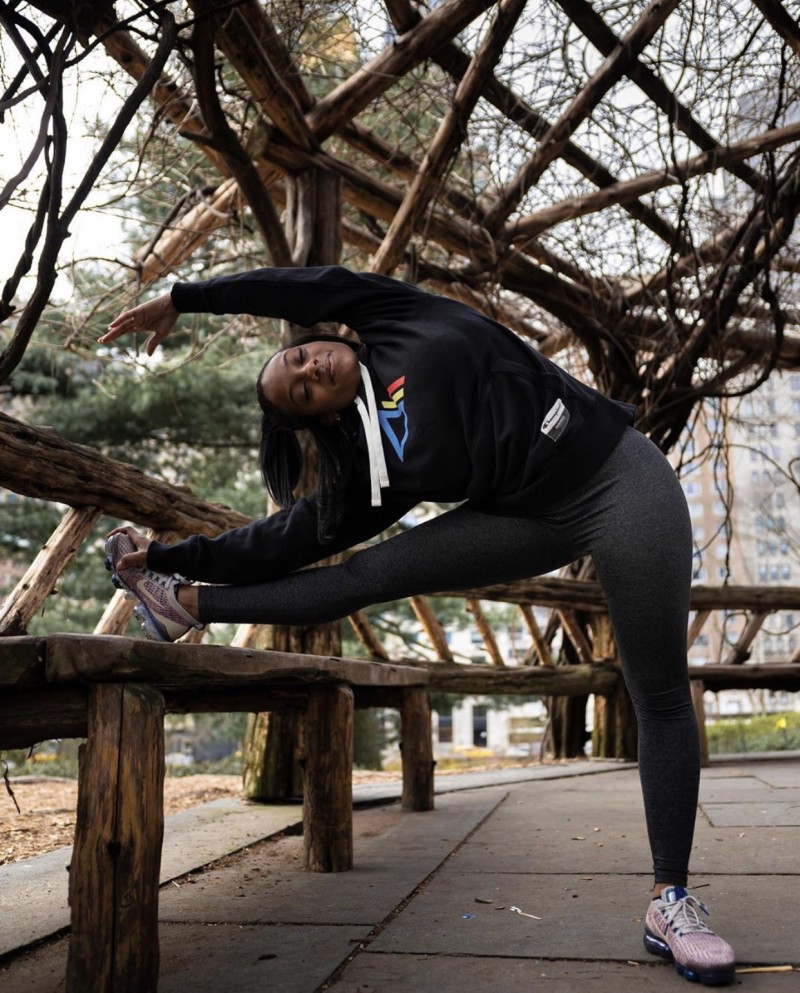


At Trifecta, we can and will make pretty much everything into a workout. But ever since millions of Americans were asked to stay at home, walking has become the most suggested “healthy” activity out there. We’re obviously in full support of taking walks (see blog about walking from a few weeks ago). It’s helped many people feel mentally free during a time when we’re mostly cooped up at home.
If you’re also slacking on your workouts, walks are actually a great way to remain active—no joke. I know walks don’t always feel like they’re worth it, so here are some suggestions on how to make your walks feel more like a workout. For some people, that’s what it takes to get out of the door—if that’s the case, this blog is for you.
Let’s start at the beginning—before you even get out the door, put on some workout clothes. It’ll get you into the right mindset of being willing to push yourself and to break a sweat. Gym clothes are also usually more comfortable anyway.
Before walking, do some dynamic stretches, just like you should before a workout. Warm up those stiff muscles and pay attention to your breathing as your heart rate increases a little.
Try to mix things up; mix up your paths/routes so you don’t get bored of the same thing every day, because once you get bored, you’ll be less likely to want to go out. Not only that, but adding elevation to your route would burn more calories and challenge more muscle groups. Similarly, if you’re walking on a treadmill, definitely vary the incline level as you walk.
Start doing intervals during your walk. Instead of walking at the same pace during your whole walk, do intervals that will get your heart rate higher for a 30 seconds to a few minutes and then go back to a less intense pace. Varying the intensity will help improve your cardio health.
Other things that you can try depending on how much of a workout you want to get out of your walk—bring weights with you (or even resistance bands), add bodyweight exercises during the walk, or you can even start jogging if you’re feeling especially energetic.
Some bodyweight exercises you could easily try during a walk: walking lunges or high knees, or stop every 5 minutes and do burpees, push-ups, jumping jacks, squats, etc.
Additionally, if you’re really into buying stuff to help motivate or keep you accountable, there are pedometers that you can wear to track your walks. For some people, it’s pretty rewarding to see the walks logged, especially over time. You can also set your goals by number of steps (10k steps a day is the default goal for most).
What it all comes down to is adding more variety to your walks, whether it’s time, distance, speed, level of intensity, weights. Like everything exercise- and health-related, consistency is key, so setting your schedule to walk daily or a few times a week is the first step. For most people, walking isn’t really seen as a form of exercise, just a way of getting from one place to another. We’re experts at the whole fitness thing, so we understand that there are days when a walk is way more appealing than an intense exercise. If a walk makes you think, “I can do that,” then do it, and maybe you’ll find yourself wanting to make it more of a workout.